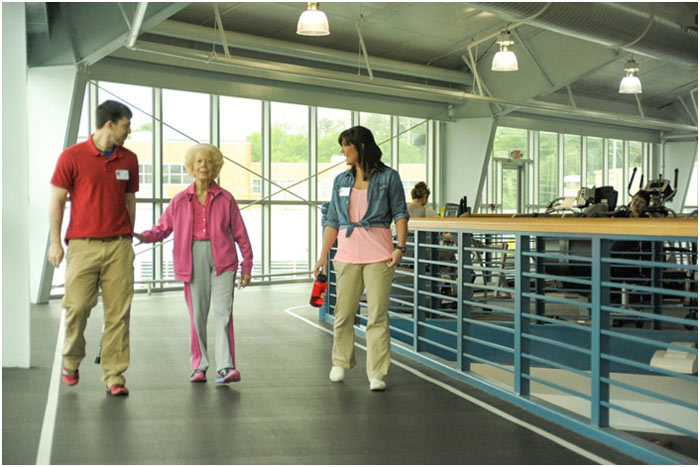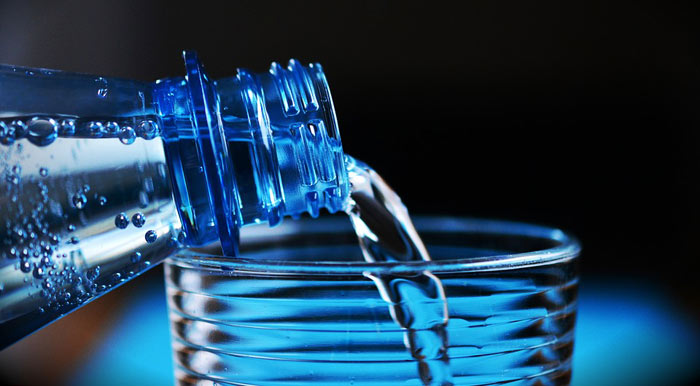It can be difficult for many to get enough exercise in the winter. It is darker, there is less time spent outdoors walking around and running errands, and it is a chilly commute to the gym. For seniors, there may be extra challenges due to limited mobility and risks related to more intensely cold temperatures and weather conditions. However, there are many indoor physical activities that can be adapted to suit the skill and energy levels of seniors that can be performed in the home or within a retirement community residence, and, if transportation is available, at a community centre or business.

If possible, it is recommended that seniors get about 150 minutes of moderate exercise weekly. This is about thirty minutes per day with two days of rest per week. This can be further divided up into ten- or fifteen-minute segments throughout the day. Routine physical activity is important to maintain and build strength, endurance, balance, and flexibility. Better posture can help prevent falls and other injuries.
It is important to consult with a medical professional about adding or changing an exercise routine. Many seniors benefit from the services of in-home Caregivers, and these professionals have the expertise and knowledge about their Clients to recommend activities that are best suited to their condition. Visit the link provided to learn about home health care services and several other ways seniors can benefit from individualized care plans.
Indoor Activities Suited for Senior Physical Fitness
Walking – while it is a nice outdoor activity, the aerobic benefits of walking can be enjoyed indoors on a track, through the halls, at a shopping mall, or even around the home. The speed and duration can be easily adjusted, and it helps raise the heart rate, strengthen joints, and maintain muscle tone. Be sure to wear comfortable shoes with orthotics and support.
Tai Chi – is a martial arts discipline that is well-suited, and can be further altered, to seniors and people of all ages. The steps are gentle and flowing with choreographed movements in a sequential order. It is relaxing yet focused, integrates meditation and concentration, and Tai Chi can improve strength, balance and flexibility. Breathing is an important component which can aid in better respiration even after practising. It has a spiritual element that blends well with the nature of the physical movement and experience.
Yoga & Stretching – with similar components to the above, like breathing, specific movements, and relaxation, yoga focuses on stretching muscles and building strength without weight-lifting. Poses can be adapted to suit different skill levels and can be done using a chair or while seated. Yoga can decrease stress, anxiety, and reduce inflammation while increase circulation and tissue health.
Swimming – a low impact exercise that supports the joints and weight that is great for building endurance. Gentle movements in the water with light resistance can build strength and flexibility. There is a lower chance of injury without the impact of moving on the hard ground.
Lifting weights – seniors can lift many different sizes of weights to slowly increase strength-building for every day or after an injury. The assistance of a Registered Physiotherapist is advised to deal with injury recovery. Weights can start as small as one pound and increase. Seek the advice of a professional for the correct weightlifting motions to avoid injury.
 Before, during, and after exercise, drink plenty of fluids to stay hydrated. Wear layers to accommodate different room temperatures in the winter. Taking an indoor class with others is a great opportunity to socialize, too!
Before, during, and after exercise, drink plenty of fluids to stay hydrated. Wear layers to accommodate different room temperatures in the winter. Taking an indoor class with others is a great opportunity to socialize, too!










